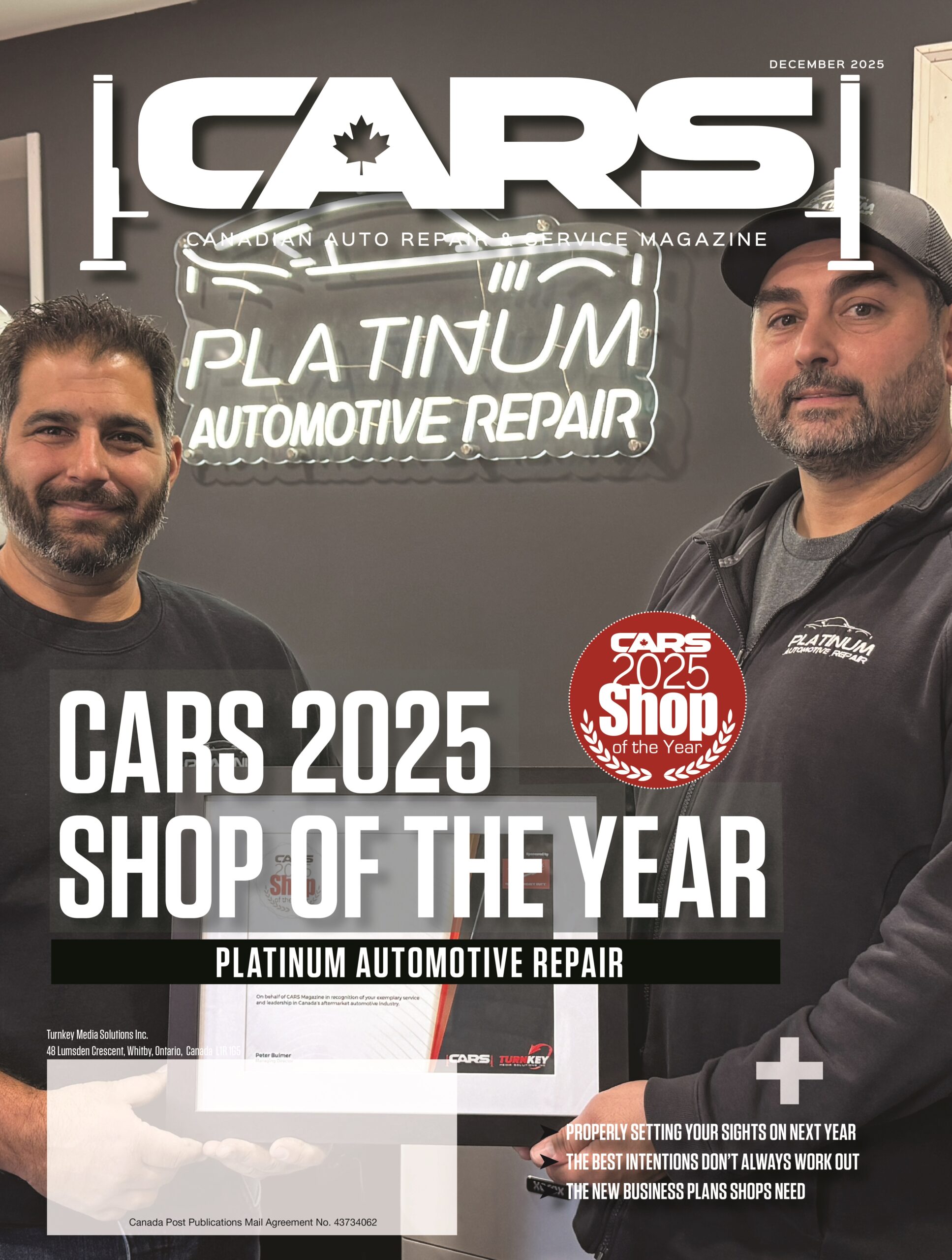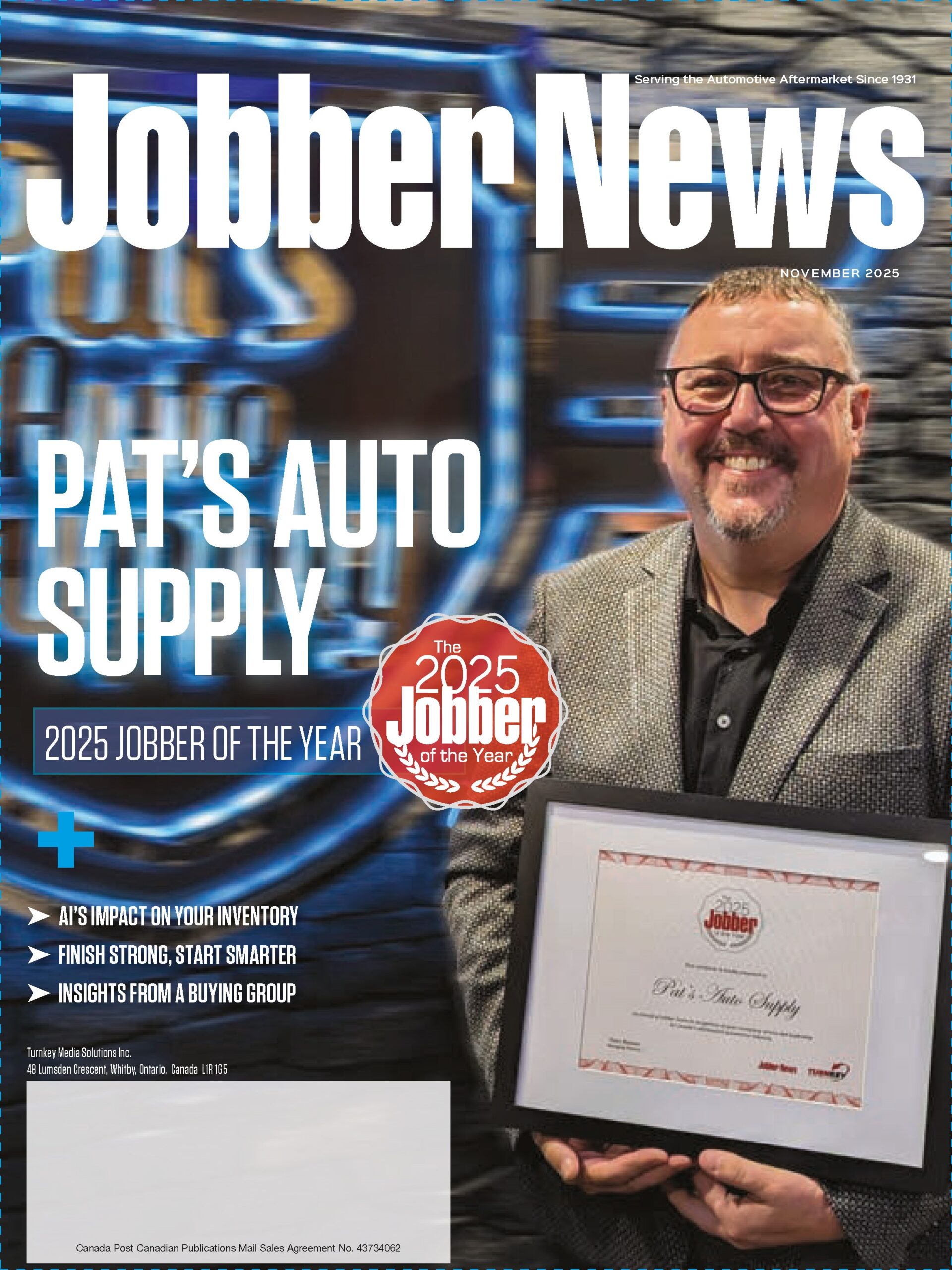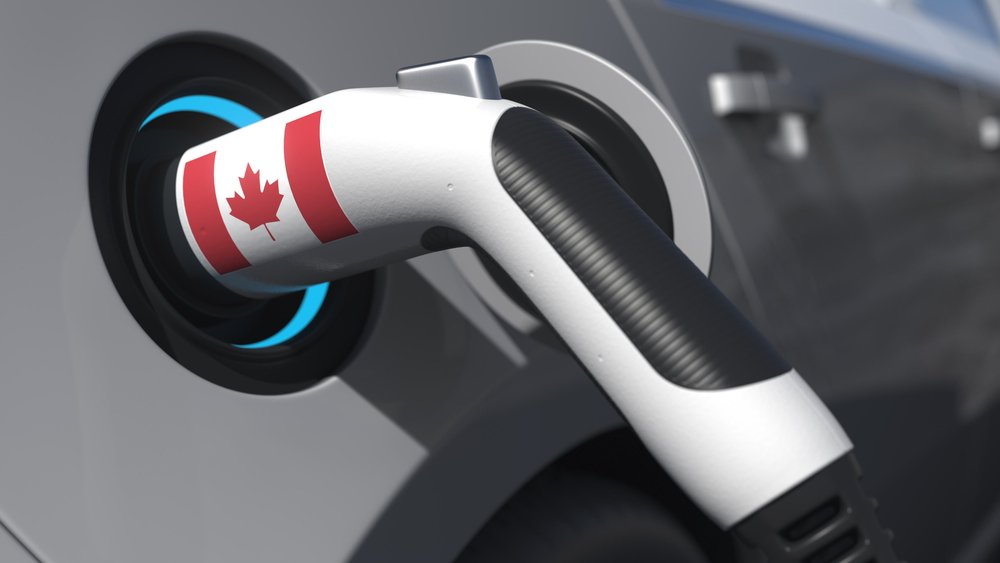
How the impact of tariffs, sourcing and the erosion of brand loyalty is impacting jobbers
The automotive aftermarket is facing a perfect storm in 2025: Rising tariffs, softening consumer demand and a rapidly shifting brand landscape. While trade policy headlines often center on geopolitical maneuvering, the downstream impact on warehouse distributors, jobbers and, ultimately, shop owners and vehicle owners in Canada is very real.
Among the most pressing concerns for the industry are the trade tariffs being implemented by the United States on goods sourced from China and other low-cost manufacturing regions. Though these are U.S. policies, Canadian aftermarket supply chains are deeply integrated with American distribution systems, making the consequences unavoidable for domestic players.
Tariffs, supply chain recalibration
The result of this disruption is clear: Increased landed costs and uncertainty around pricing. However, many major WDs have been preparing for this shift for years. A growing number have developed robust direct import and private label programs that bypass traditional distribution models, eliminating unnecessary layers and cost.
These strategies involve dedicated import warehouses, streamlined logistics and full integration with their existing DC networks.
For jobbers, these direct-sourced and private label offerings create alternatives to traditional national brands. And while they were once considered supplementary or price-point fillers, private labels are now core parts of many jobbers’ product mix — offering healthy margins and better pricing control amid inflationary pressure.
But it’s not just about cost anymore.
The rise of product proliferation
In parallel, the aftermarket is contending with product proliferation at an unprecedented scale. Platforms and powertrains are evolving rapidly. Between internal combustion engines, hybrids, EVs and now plug-in hybrids gaining traction in Canada, the SKU count has ballooned.
It’s no longer feasible for jobbers to stock multiple branded options for every part category.
This has made the role of strategic sourcing and intelligent inventory management critical. More SKUs mean more complexity, more capital tied up in inventory and greater risk of obsolescence. It also puts pressure on jobbers to make decisions about which brands — and which parts — truly matter to their customer base.
As brand loyalty softens, the jobber’s role becomes more influential. You’re not just moving boxes — you’re curating product choices that affect shop profitability and customer satisfaction.
Brand loyalty
For decades, brand loyalty served as a predictable pillar in the aftermarket. Shops swore by certain brands because of perceived quality, ease of warranty or historical relationships. But that’s changing.
Today’s consumer is price-sensitive, skeptical and increasingly willing to take advice from their shop — not a label. Simultaneously, shop owners are becoming more open to new brands, especially those that offer consistent availability, solid warranty support and compelling margins.
The trust once embedded in brand logos is now being transferred to jobbers and shops themselves. If a jobber can stand behind a product — branded or private label — and the shop can confidently install it, many end users won’t push back. This shift is accelerating as inflation forces all stakeholders to reassess what quality and value really mean.
As brand loyalty softens, the jobber’s role becomes more influential. You’re not just moving boxes — you’re curating product choices that affect shop profitability and customer satisfaction. With so many brands flooding the market, especially in categories like braking, filtration, and undercar components, jobbers need to help shops cut through the noise.
Zakari Krieger is the Fix Network, Canadian vice president of Prime CarCare, responsible for the Canadian retail business, encompassing the Speedy Auto Service and Novus Auto Glass business lines
This article originally appeared in the July issue of Jobber News













Leave a Reply